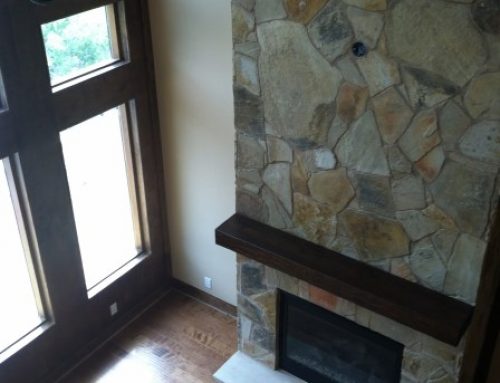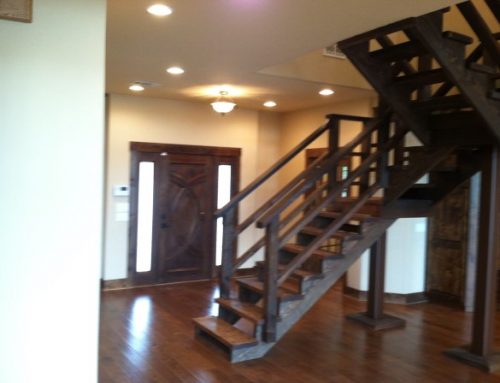Carpentry is a building trade concerned with the constructing, assembling, and repairing of wooden structures. A carpenter is often called upon to cut, fit, remove, and join wood, light metals, and fabricated materials; and the carpenter is usually expected to be knowledgeable with fasteners, nails, screws, glues, and the wood suited for the project.
There may be different levels of carpentry, but the two primary types — especially when it comes to your remodeling project — are those referred to as “rough” and “finish.”
Rough carpentry is work done on the framing of a building, including, but not limited to, such basic things as the walls, floor, and roof. The rough carpenter, also called a “framer,” should be well-versed in building codes and construction to design and meet basic engineering principles and strength standards when performing a remodeling job. When planning a remodeling project, it may be a good idea to pay attention to your contractors framing specifications and how they will affect your home structure.
Finish carpentry, as the name implies, entails such activities as putting the trim and casing around joints and openings, hanging doors, attaching hardware, and building in shelves and closets. On such items, as well as above, your contractor should be working on your behalf to ensure all building codes are met.
A remodelor’s lead carpenter is often the job leader, and is given a certain degree of autonomy. On smaller jobs — such as a kitchen renovation — the lead carpenter may handle everything from start to finish, including making the work schedules, dealing with subcontractors and owners, coordinating the stages of construction, and generally taking responsibility for the actual construction.
On larger jobs, however, one person may not be able to take the entire job all the way through. In such cases, a framer might handle all the rough carpentry in the early stages of the job and then pass it on to the finish carpenter leader. Sometimes a third lead carpenter might come it to handle the siding and exterior work. This means there are more than one crew working on the project, and there can be overlaps of a day or two as the transitions between the different crews take place.
Whatever the case, do not be surprised if you find out that more than one carpenter and more than one crew will be working on your remodeling job. This is fairly normal, especially with larger jobs, and it may even make the work go a little faster if the timing is correct. You might have a crew come in to do the rough carpentry, and, while they are completing their tasks, the finish crew may already be arriving to begin their work. As always, you should sit down with your contractor and discuss such schedules and activities in detail so that your chance of being surprised later on is reduced.







Leave A Comment
You must be logged in to post a comment.